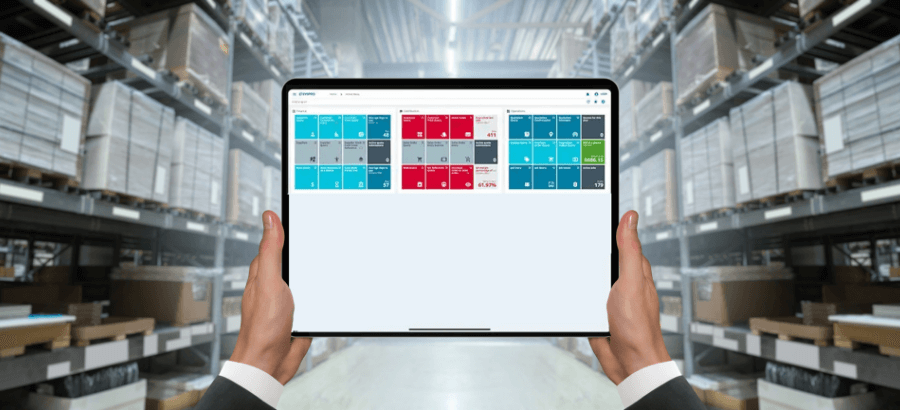In my last blog, I mentioned a glass bottle manufacturer where I used to work. Let’s return there for a moment, specifically to one of the factories. Pretty inhospitable places, particularly at the height of the South African summer. Nonetheless, even back then (mid 1990s), the control systems were capable of dropping out data.
If memory serves, it was pretty cursory, but it did enable the reporting of a few standard efficiency measures. The details aren’t important. What is important is that these efficiencies were markedly different from the mass balance numbers derived from the ERP data.
It wasn’t clear which set of data was correct, and in many ways it didn’t matter. People started questioning the numbers. Were the standards right? Were we costing correctly? Were we pricing incorrectly? Could we be getting more market or more revenue? Could our materials and capacity planning be improved?
The thing is, when we are capable of understanding actual performance at the time of execution of manufacture, we are capable of feeding that back into the process just as soon, or before it has a perceptible or material effect on the world in general. Back in the day it was a great way of looking clever and upsetting the establishment, but it has to be so much more.
Let’s consider a typical make-to-order plan/schedule/execute cycle:
Planning: Customer places order, we speak to material and production management to get a date we are capable of promising, plan the job, acknowledge the customer.
Scheduling: Run this before that. Run those together. Reduce overall set-up times. Avoid tool changes. Avoid tool clashes. That machine is on planned maintenance. Material won’t be available. Schedules are re-arranged and printout work-to lists are lost. Existing commitments are compromised.
Execution: Work-to lists are published, set-up takes twice as long as expected, the machine keeps breaking down, Bob gets food poisoning and the material was of dubious quality. Recording what actually happened is entered into the ERP later, or tomorrow. Maybe. Existing commitments are further compromised.
Net result: upset customer, higher costs and a planning nightmare.
The reality is we all do this and we all have mechanisms for coping with these scenarios, typically by throwing cost at the problem through expediting materials and paying overtime. This is often the small price to pay for happy customers.
Can we avoid, or at least minimize this? If we re-run the cycle and change a few words, maybe we can:
Planning: Customer places order, the system assesses the capacity situation based on the latest scheduled load, considers maximum allowable queue times and assesses material availability based on system-held data such as stock levels, lead times and incumbent supply agreements. Capability to promise is assessed, you could say. If a required date cannot be met, informed decisions can be made in terms of forcing the required date or disappointing the customer.
Scheduling: Knowledge of product and machine attributes to improve overall setup performance is managed systemically. Tooling and other secondary constraints are considered mathematically to further reduce setup times and optimize tooling investment. So, the knowledge is managed such that scheduling becomes a process rather than the dark art it normally is, supportive of overall value. Any changes the optimization has made to the general capacity picture is fed back for the next ‘loading’ of customer requirement to be aware. Any movement this causes to existing commitments is understood immediately. Any agreed changes to demand dates can be updated to ensure MRP stays in step with reality.
Execution: Dynamic, screen-based lists are presented to humans and autonomous machines as appropriate, set-up and run times are recorded real-time. Any deviations from the plan are immediately understood. Deviations from standard times are recorded promptly and systemically so that they can be analyzed and improved, or accepted as new standards where appropriate. Materials can be issued real-time. Scrap and non-productive data equally so. Again, any effects on the overall plan and capacity picture can be fed back and the effects on incumbent and future work understood.
The point is, when all of these functions and activities are seamlessly integrated to your ERP system, there are very few unanswered questions, and there is one version of the truth. IoT and Industry 4.0 only make it easier. If you aren’t already there with integrated planning, scheduling and MES, now is the time.








1 thought on “Closing the Loop: Factory Management and ERP in Concert”
This blog gives an overview on Closing the Loop. The Factory Management and ERP in Concert if talked here.